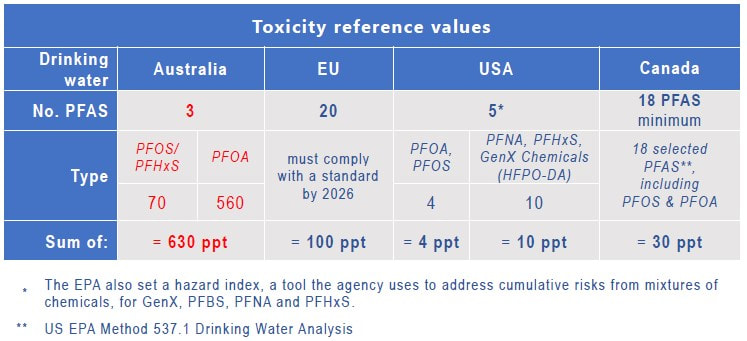The problem here is the disconnect between science and law.
Risk management and knowingly exposing PFAS communities to elevated levels of PFAS
is totally different to deliberately focus on the general population.
Both have different roles.
One is to establish causation via evidence.
The other is to manage risk to people via a duty of care and statutory obligations.
Risk management and knowingly exposing PFAS communities to elevated levels of PFAS
is totally different to deliberately focus on the general population.
Both have different roles.
One is to establish causation via evidence.
The other is to manage risk to people via a duty of care and statutory obligations.

